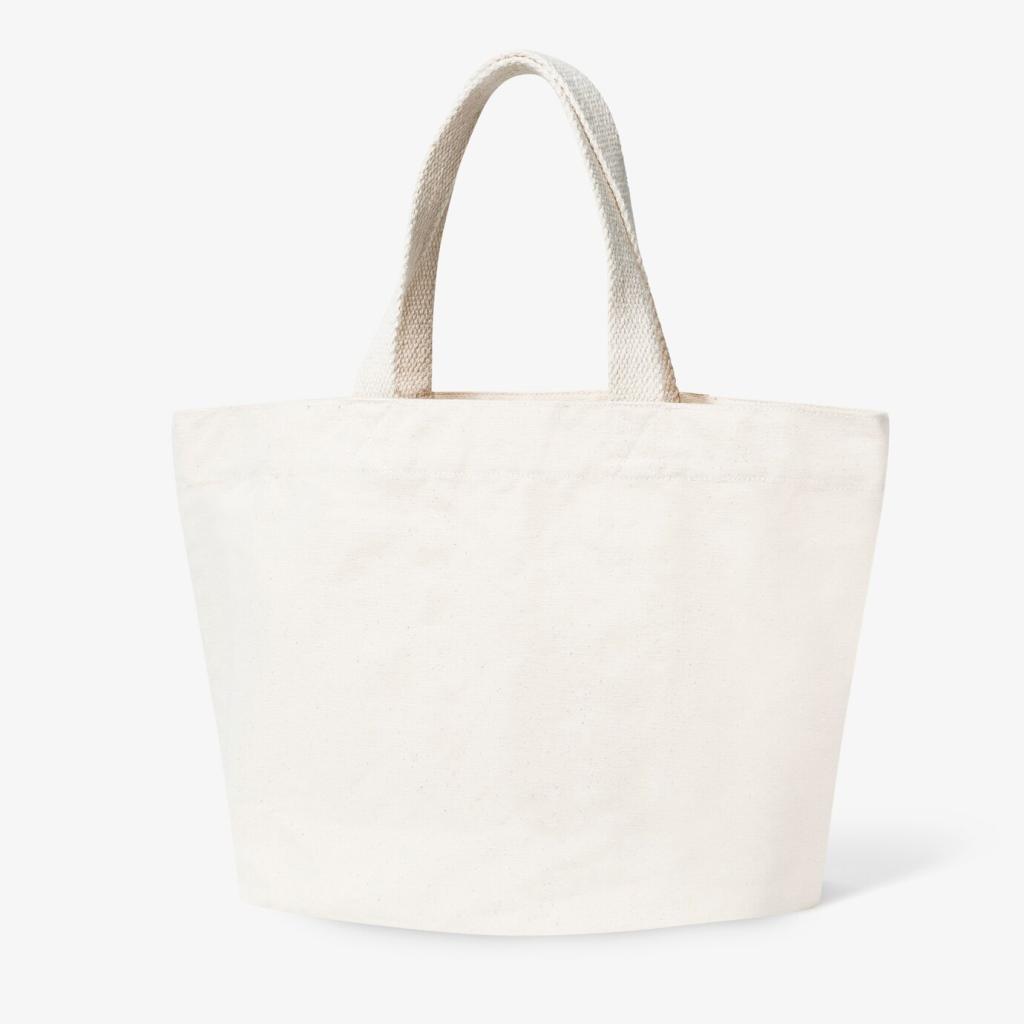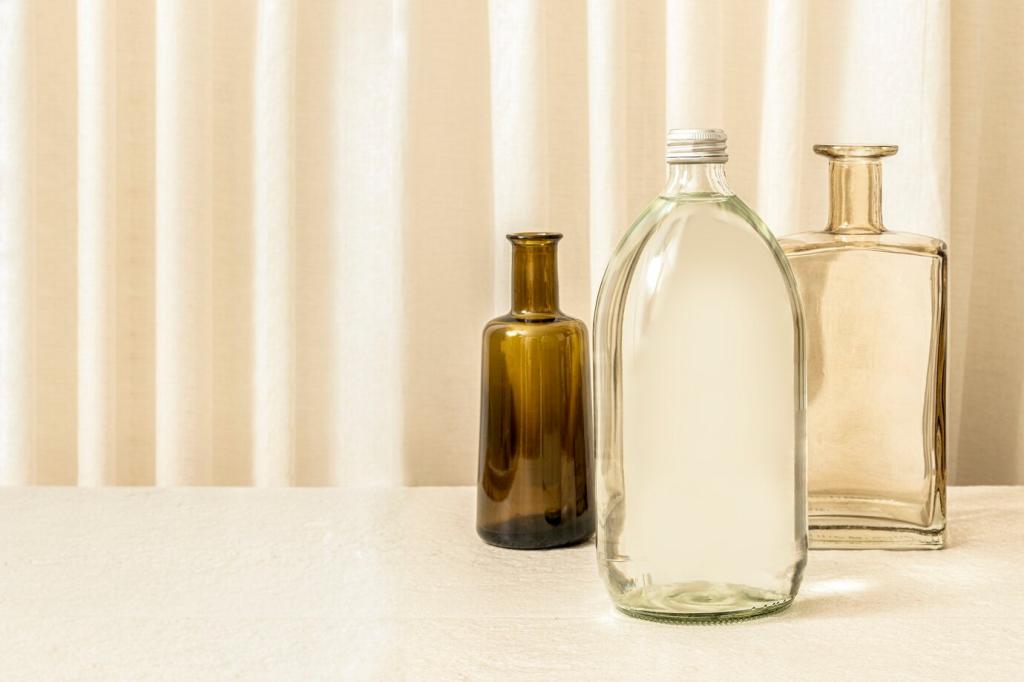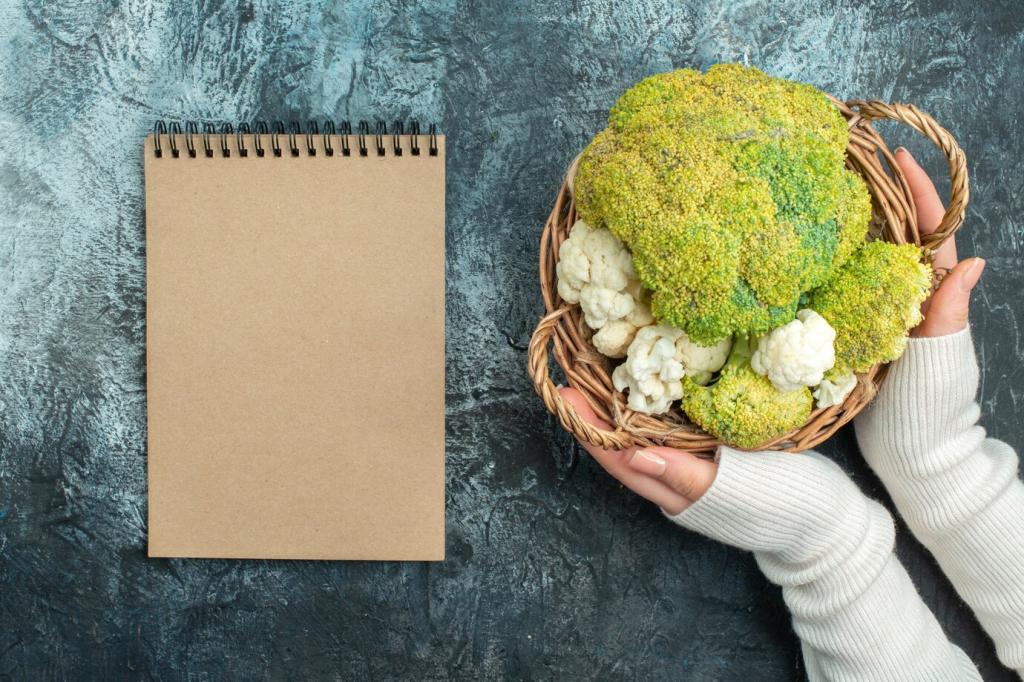Prep, Application, and Ventilation Without Headaches
Open windows for cross‑ventilation, vacuum dust with a HEPA filter, and damp‑sand to control particles. Wipe surfaces with a lint‑free cloth, then prime with a low‑odor primer. Careful masking and patching reduce rework and keep application smooth and stress‑free.
Prep, Application, and Ventilation Without Headaches
High‑quality synthetic brushes, low‑shedding rollers, and sealed trays minimize splatter and waste. Even with low‑odor products, consider a well‑fitting respirator and nitrile gloves during sanding or extended sessions. Keep lids closed between pours to prevent evaporation and accidental contamination.








